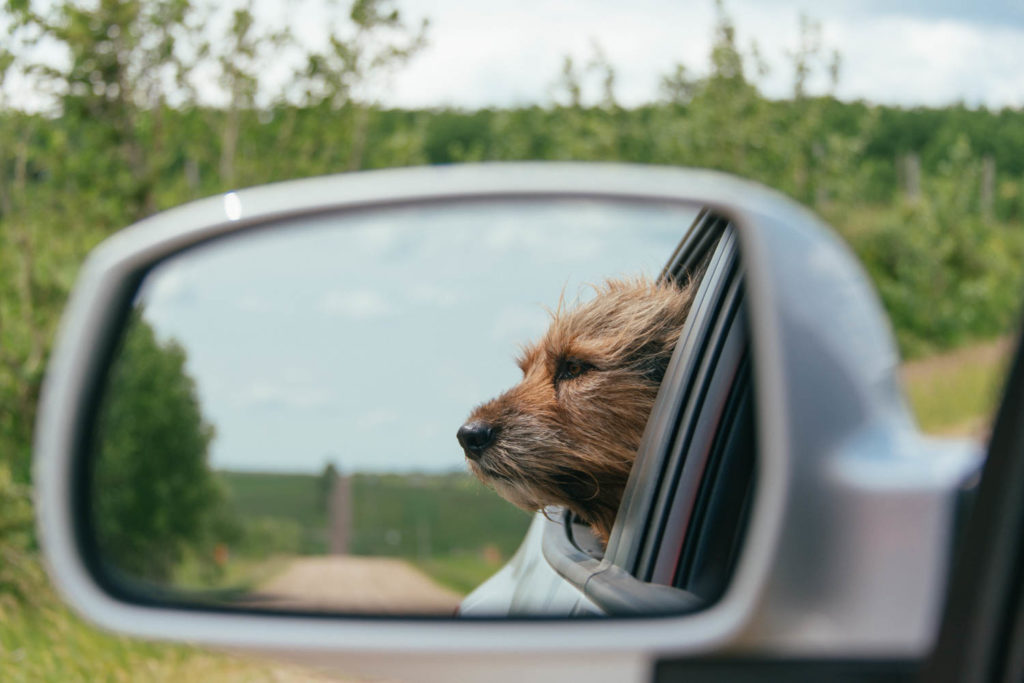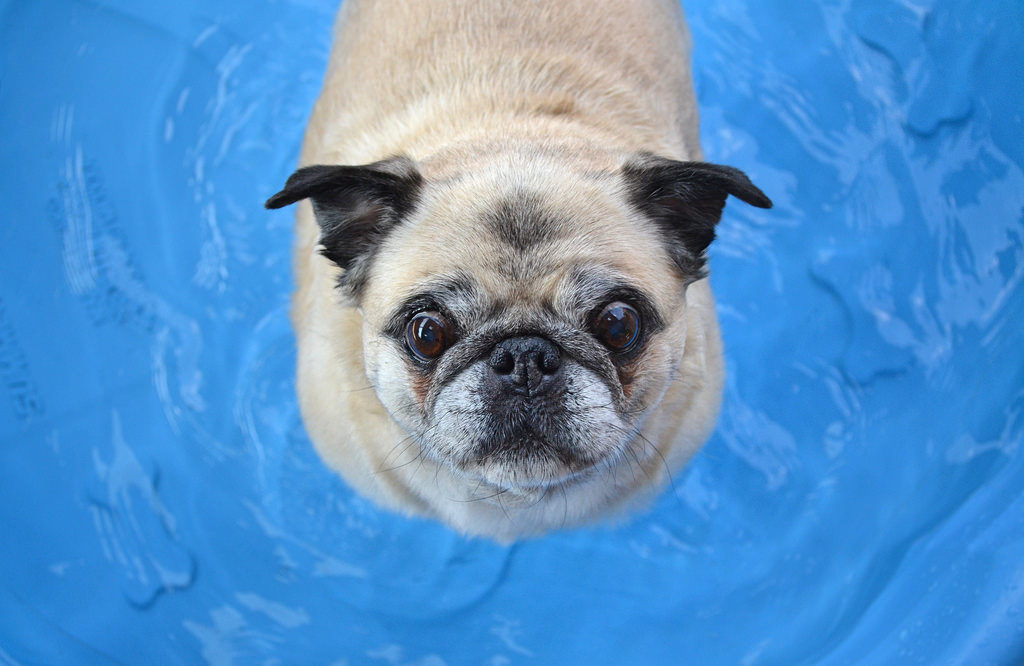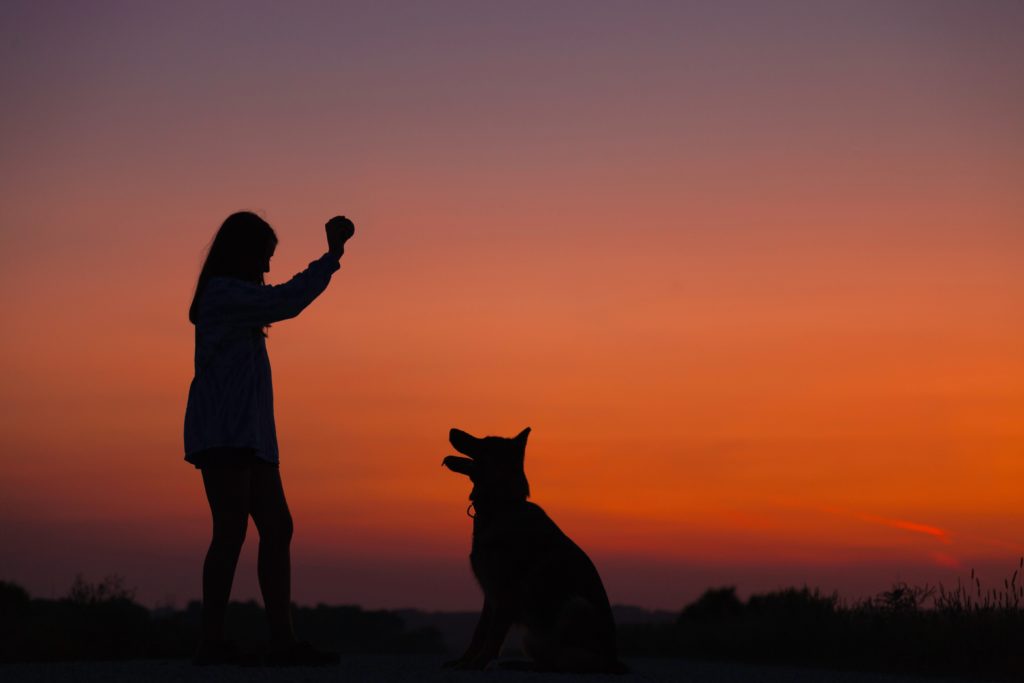Climate change, driven by the burning of coal, oil and gas, is already leading to hotter, longer and more intense heatwaves in Australia. With El Niño occurring against this backdrop of a fast warming planet, we need to be prepared for some extreme temperatures this summer.
Heatwaves are known as a silent killer – they cause more deaths than any other extreme weather event in Australia combined, including bushfires, floods and cyclones.
While us humans can escape to air conditioned spaces or strip off to cool down, we need to consider our furry friends in the extreme heat – both domestic pets and surrounding wildlife.
Just like us, many animals can be affected by heat stress or heat stroke. Similar to humans, the old and the young are often the most vulnerable. However, while we can sweat it out, dogs and cats can only release heat through areas not covered by fur, mostly their paws

HOW DO YOU TAKE CARE OF YOUR PETS DURING A HEATWAVE?
Cats are normally pretty self-sufficient and stay cool by seeking shade and limiting physical activity. They will normally find a nice cool place to sleep it off so just make sure they have water and shade and some wet towels if they want them.
However, dogs need a little more TLC when it gets hot. The small surface area of their paws are not a very effective means of getting rid of excess heat from their bodies. Dogs use the evaporation of moisture from their tongues, nasal passages and lungs to cool down by panting.
If you are heading to work, make sure your canine pal has plenty of water and shade in a well-ventilated area. If you want to get creative with ways to cool your dog down, you could whip up some refrigerated snacks, top their bowls up with cold water from the fridge or simply dampen their bed. Got a garden? Perhaps invest in a small paddling pool or turn the sprinklers or hose on so they can get a bit of a shower (while being conscious of any water restrictions in your area).

If your dog is riding with you never leave them locked in the car! It takes under 10 minutes for a car to reach lethal temperatures even when parked in shaded areas, with the windows open.
Although they are eager to get out and burn off some energy, reconsider going for midday walks as the hot pavement can burn their feet (if it’s uncomfortable for you to walk barefoot then it will be for them too!). Top tip: head out for a stroll early in the morning or just before bed and stick to grassy areas. Ultimately if you are melting and want to be in front of the fan or air conditioner, then they probably do too!
HOW DO I KNOW IF MY PET IS AFFECTED BY HEAT?
Key signs you should look for are changes in behaviour, disinterest in food and water, isolating themselves and heavy panting. If your pet is lethargic, relentlessly panting, drooling, vomiting or collapsing, get them to a vet ASAP. Check out the RSPCA for more information.

HOW DO YOU HELP WILDLIFE DURING A HEATWAVE?
While you are out and about, think of our native wildlife too: the same rules apply – water, shade and rest. Leave bowls of water out in shady areas for any native wildlife that may be nearby. A shallow dish with a few rocks placed in it creates a great little oasis for insects like bees to flock to when needing a drink and a cool down.
Try to avoid disturbing our native wildlife more than you have to. Everyone is feeling hot and bothered, so the last thing you’d want to do is stress them out and use up any more of their already low energy stocks.
However, rescue babies if they are particularly vulnerable and reach out to a local wildlife helpline:
NSW: WIRES 1300 094 737
VIC: Wildlife Victoria (03) 8400 7300
QLD: RSPCA QLD 1300 ANIMAL
SA: Fauna Rescue of SA inc 08 8289 0896
WA: Wildcare WA (08) 9474 9055.
NT: Wildcare NT 08 8996 121.
TAS: Bonorong Wildlife Hospital and Rescue 0447 264 625
ACT: ACT Wildlife 0432 300 033
For more information on heatwaves and the impact on wildlife click here.